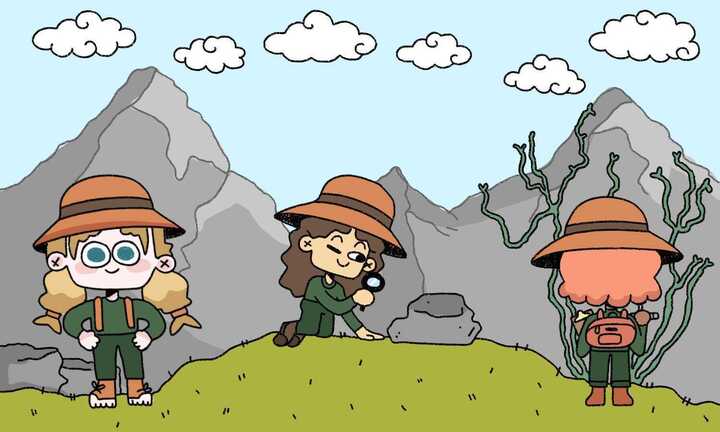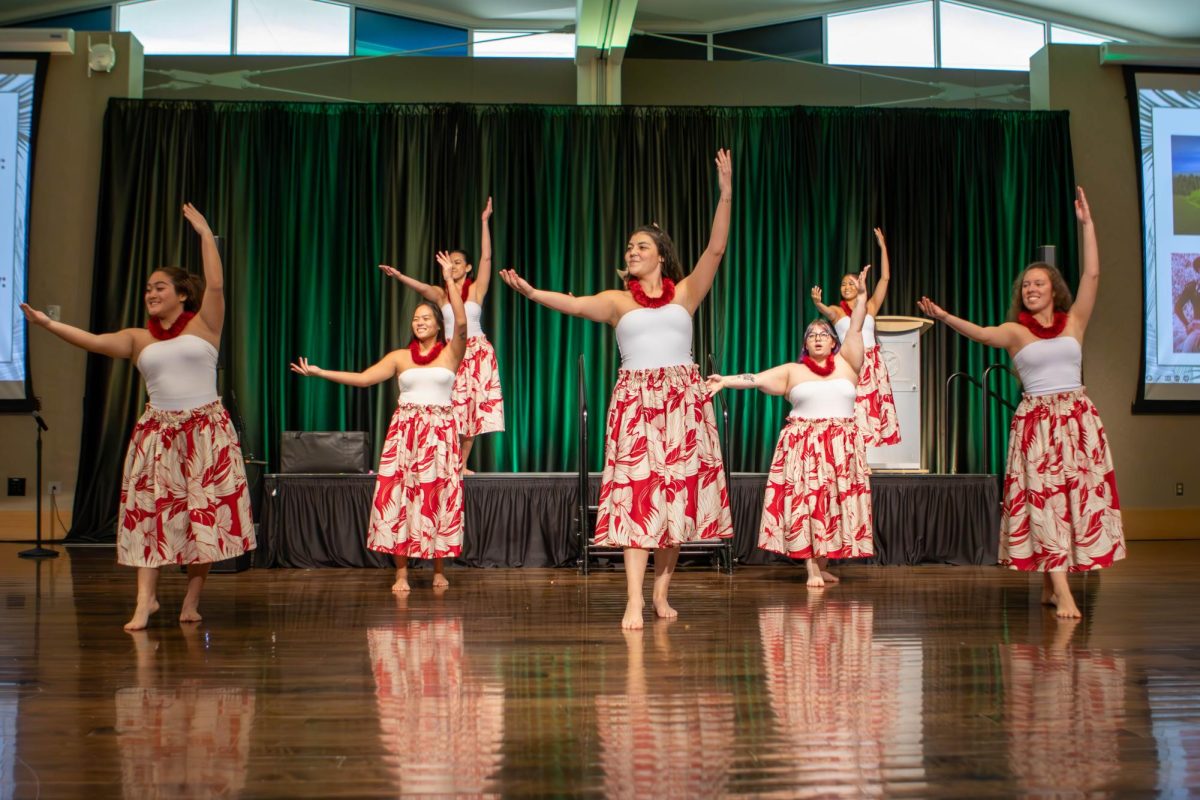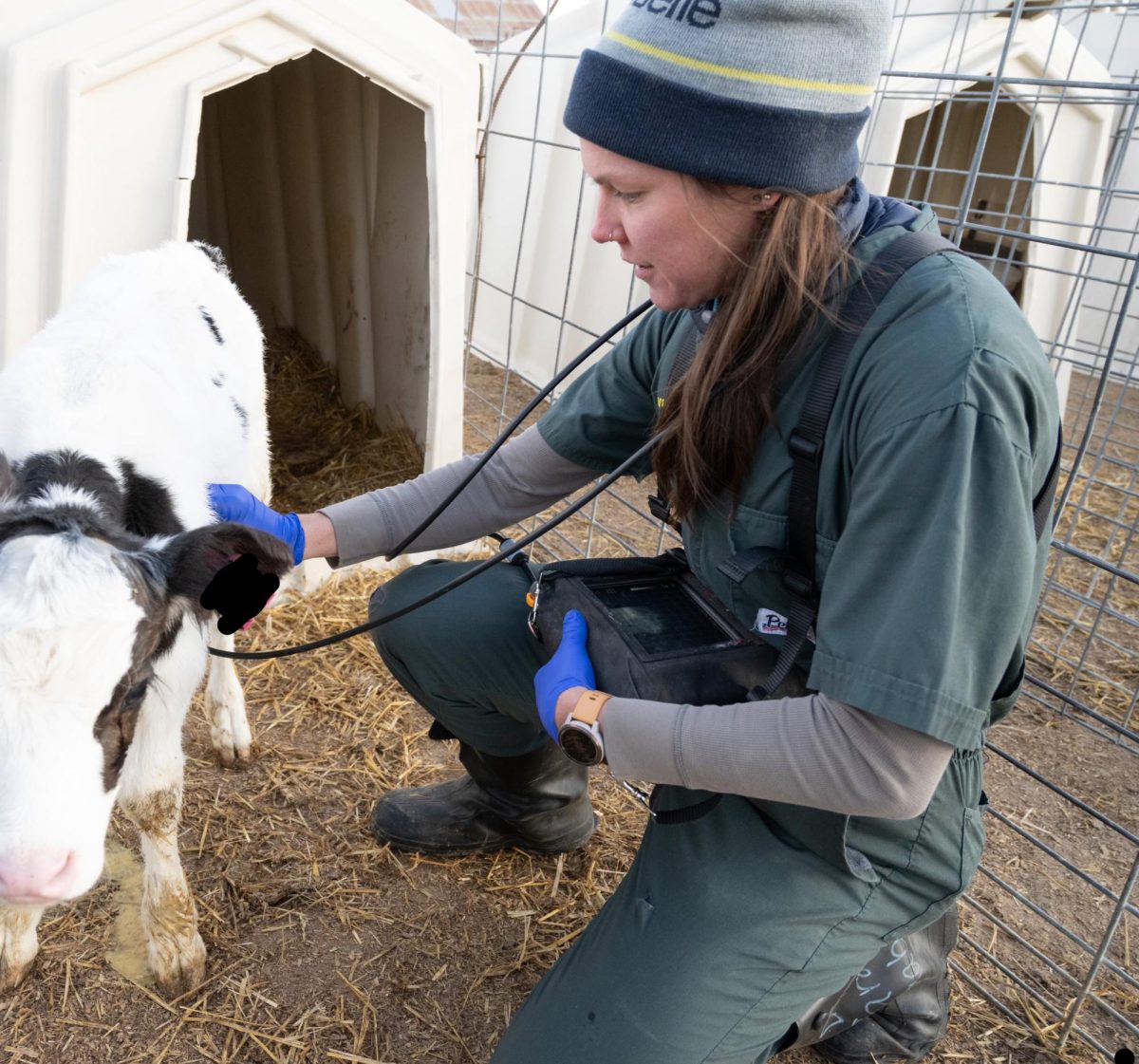From a silver woman mummified and entombed in Christmas lights to a naturally formed spire rumored to be the landing site of a UFO, there has been no shortage of fringe religious movements or self-proclaimed deities and reincarnates to grace the Rocky Mountain state.
Colorado has a long history of cult activity formed within its borders. Most common were the new-age movements documented throughout the 1970s and ’80s that preached personal transformation based on metaphysical properties and self-actualization. This trend continued well into the 21st century with the discovery of a mummified woman in Crestone, Colorado.
Ad
Love Has Won is a now-defunct religious group based out of a 141-person town, which was led by the now deceased Amy Carlson, whose mummified remains were discovered in a sleeping bag and wrapped in Christmas lights. Her flesh turned silver from ingesting colloidal silver, according to the El Paso County Coroner’s autopsy report.
“Love Has Won was completely predicated on the outrageous claims made by Amy Carlson,” said Rick Alan Ross, a renowned cult deprogrammer and founder and executive director of the Cult Education Institute. “(She claimed) she was the reincarnation of famous people, that she was speaking for God on Earth, and her followers worshiped her as Mother God.”
Ross appeared on the Dr. Phil show alongside Carlson and her mother and sister in May 2021.
“It was a very in-depth show, and I think we successfully exposed Amy Carlson as a deeply narcissistic and disturbed personality,” Ross said. “By all accounts, she was a raging alcoholic and used other drugs that contributed to her death. She appeared to be anorexic.”
These factors later contributed to her cause of death. It hasn’t been determined when Carlson officially passed away, but seven of her followers were found living with her remains, which they enshrined.
“Her followers memorialized her body with Christmas lights and refused to really acknowledge she was gone,” Ross said.
While the seven individuals were first arrested on discovery of Carlson’s remains, they were later released, and the charges were dropped.
Although Carlson’s discovery gripped the country’s attention, it was not the first time a nationally recognized cult stepped foot into Colorado, as a more notorious community was spotted in the Rocky Mountains in fall 1975: Heaven’s Gate.
Known primarily for a mass suicide of its 39 members discovered in March 1997 in a mansion located in Rancho Santa Fe, California, the movement was led by Marshall Applewhite, a former music professor who earned a master’s in music from the University of Colorado Boulder. Ross described Applewhite as a “deeply disturbed individual who had been in and out of mental hospitals” and made wild statements of his divine birth.
Ad
“(He claimed) that he was, again, the reincarnation of essential Jesus Christ and that he was on a holy mission and that he was the master teacher,” Ross said.
Applewhite, along with his partner, Bonnie Nettles, orchestrated the suicide as a means for their followers to ascend to a higher status, and he controlled every one of their last actions.
“He claimed that by committing suicide, they were really rising to a level above and shedding their physical shells to become realized,” Ross said. “When it really boiled down to his mass suicide, he controlled everything they ate and their last meal. He controlled how they dressed, how their bodies were covered.”
But before the 1997 deaths, the group spent much of their existence traveling around the United States trying to convert members. This brought them to Colorado in fall 1975, said Benjamin Zeller, Lake Forest College professor of religion who wrote a book titled, “Heaven’s Gate: America’s UFO Religion.”
“There was a big meeting they had in September (1975) in Oregon,” Zeller said. “That was followed up by a few other meetings, and they told people to meet in Colorado on the western slope.”
Once the group met up, they continued their search for converts.
“They met at a campground (near Fruita, Colorado), that was their initial base of operation in Colorado, and they kept moving,” Zeller said. “They ended up in Wyoming at one point — they were all over in the eastern slope. A journalist tracked them down somewhere near Rocky Mountain National Park at one point.”
While the exact number of converts they claimed is unclear, Zeller recalled one man in particular from his research who “was a sort of (a) minor celebrity in Colorado.”
Originally from Durango, Colorado, John Craig was a land developer and a former Chamber of Commerce member and was even elected to the Colorado Legislature under the Republican ticket. But all of that changed in summer 1975 when Craig encountered Heaven’s Gate, signed over his power of attorney to his wife, claimed to go to Denver on a business trip and never returned, according to a 1997 New York Times article.
Craig instead traveled to Stapleton International Airport, met up with Applewhite and Nettles and officially joined their organization, later rising to become the cult’s second-in-command. He was confirmed as one of the 39 individuals part of the 1997 mass suicide. He died at 62 years old.
While there is no clear rhyme or reason to how cults take hold or when they succeed, Zeller commented on the unique religious atmosphere in the western states that might be to blame.
“It’s just sort of typical (that) the western states are less religious,” Zeller said. “When people are less religious to begin with, they’re more likely to join your religions because … they’re not affiliated.”
Reach Katie Fisher at life@collegian.com or on Twitter @CSUCollegian.














